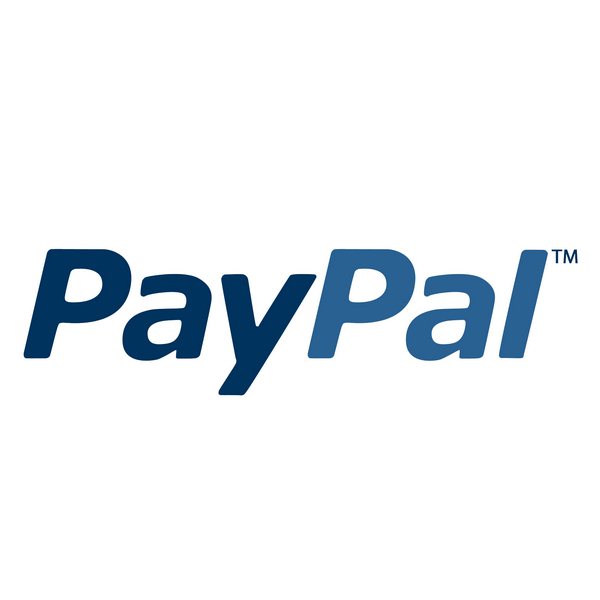The S&P 500 and the Nasdaq Composite are in a free fall today with drops of 1.5% and 2.4% respectively, and it’s just 11:30 am. This could develop into a rout as traders and investors turn their noses up at Meta and Microsoft’s earnings. Even Google has given up its 5%. Should Apple and Amazon disappoint post-market today, I think a correction could be on. The main bullish factor countering a volatile election week, a VIX over 21, and a rising 10-year yield at 4.32% were strong earnings, especially from the M-7. Clearly, that doesn’t seem to be happening.
Meta – Initially, it seemed like a perfunctory one percent drop on a small beat and in-line guidance, but it’s gone a lot further as Meta is down 4% to 570.
Why the rout? Analysts and investors panned high Capex plans of $40Bn and costly high-risk bets such as Meta’s Reality Labs unit, (the developer of augmented and virtual reality technologies), which logged a staggering operating loss of $4.4 billion
Microsoft – (down 6% to $408) is getting clobbered for a different reason. Even as Azure grew 34%, the pace wasn’t enough, and guidance of 31% to 32% in constant currency was lower than expected. However, this is due to supply chain constraints as President Amy Hood noted that the 1 or 2-point deceleration Microsoft has guided is mainly due to some supply pushouts, in terms of AI supply coming online that the company counted on. (Read, not as many Blackwells/Hoppers as they would have liked)
“We expect consumption growth to be stable compared to Q1, and we expect to add more sequential dollars to Azure than any other quarter in history,” Hood added.
The indomitable Dan Ives remains as bullish as ever…
“We actually disagree with this initial take as the new Azure reporting standards have moved Street numbers all around and a slight deceleration is totally expected by many investors with some supply constraints and reacceleration in 2H25, and we would be strong buyers of MSFT on any weakness this morning,” Wedbush analysts, led by Daniel Ives, said in a note.













